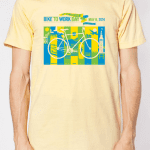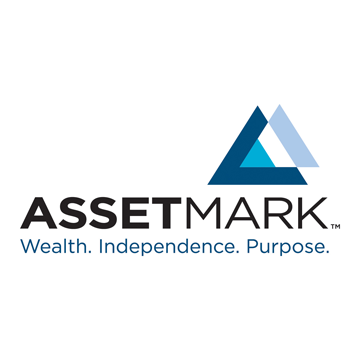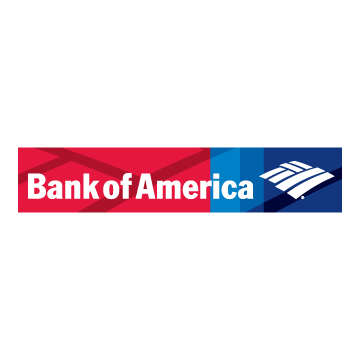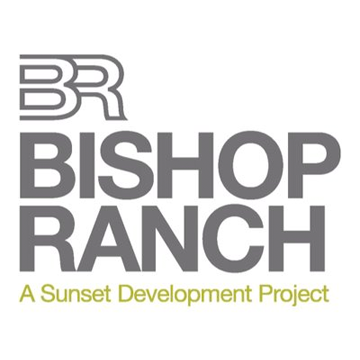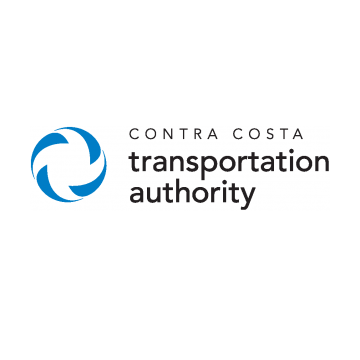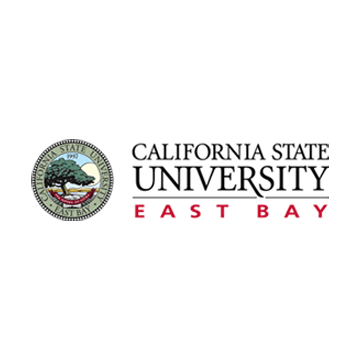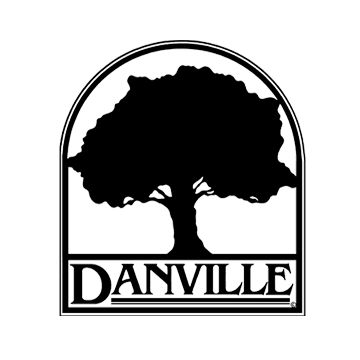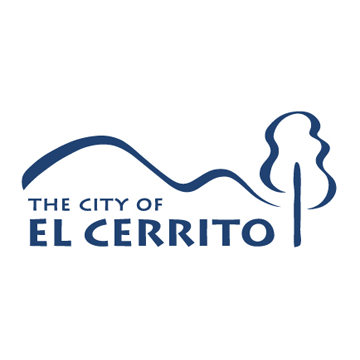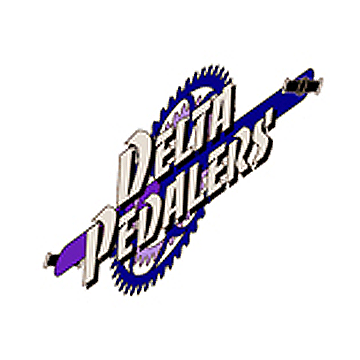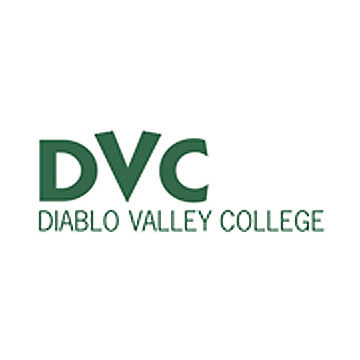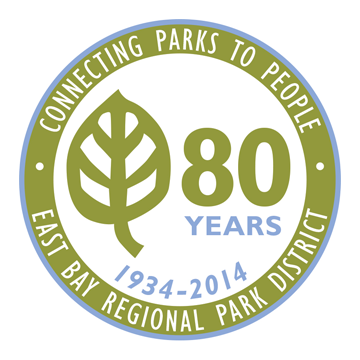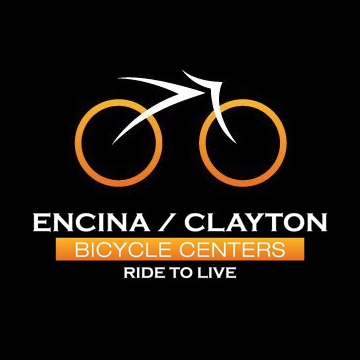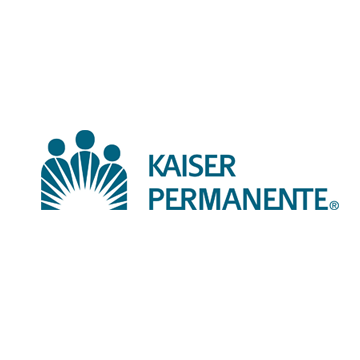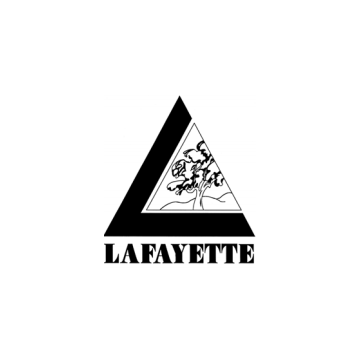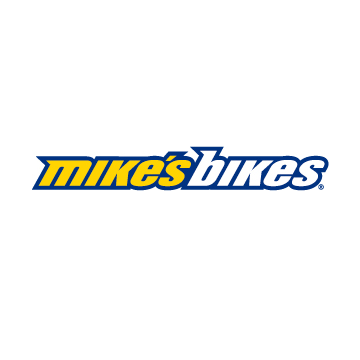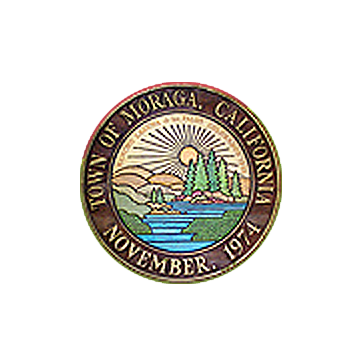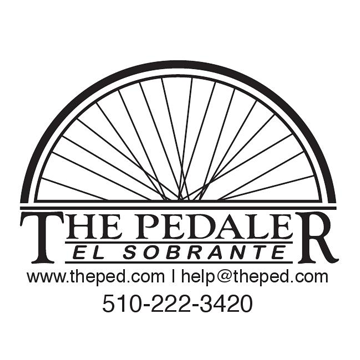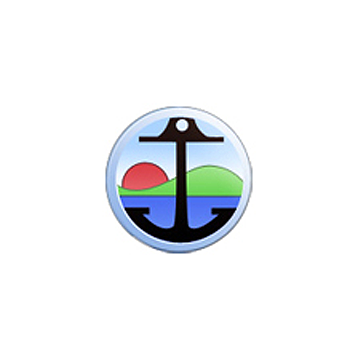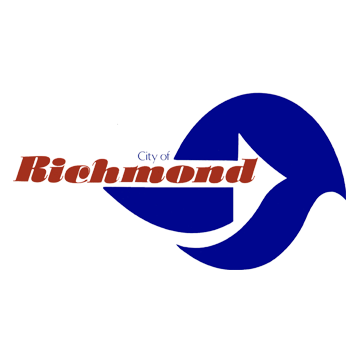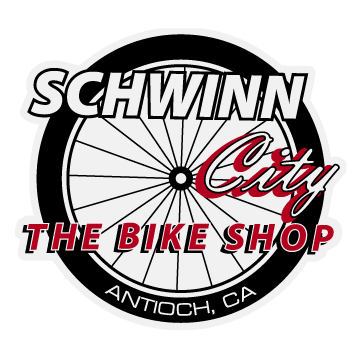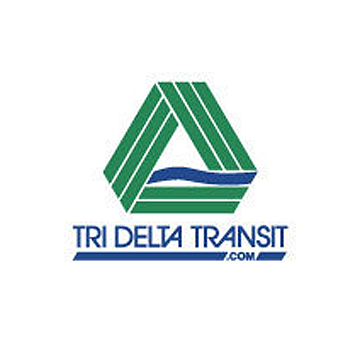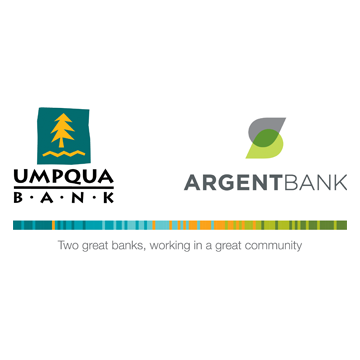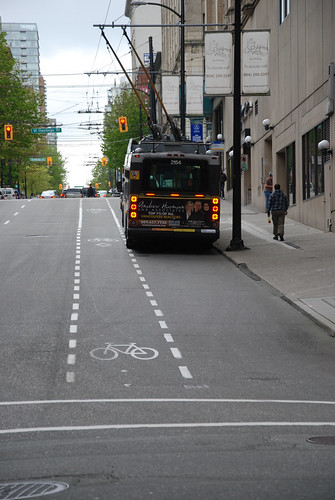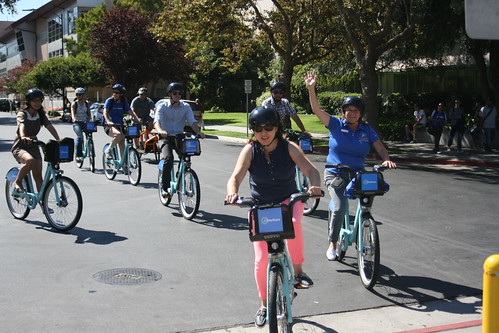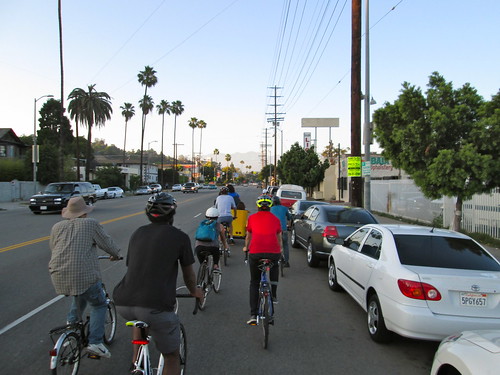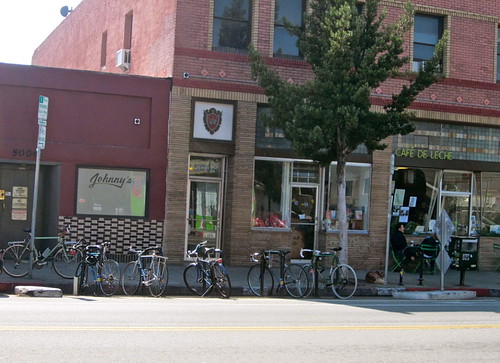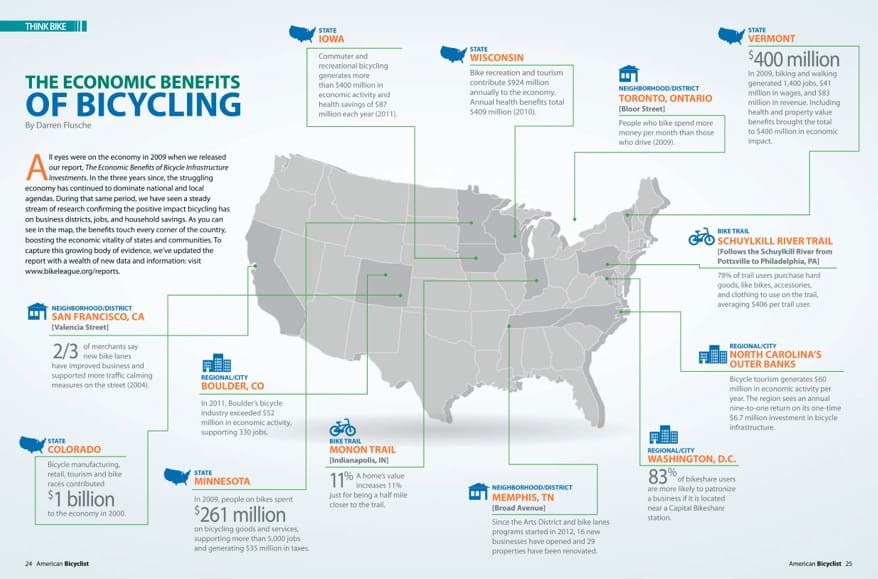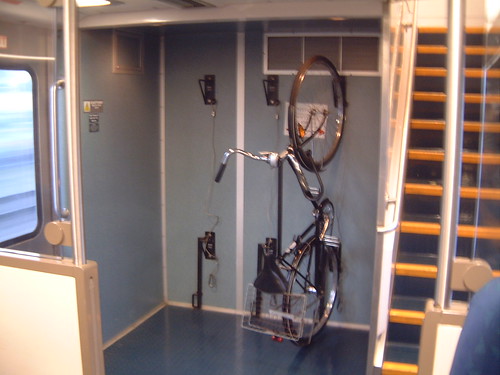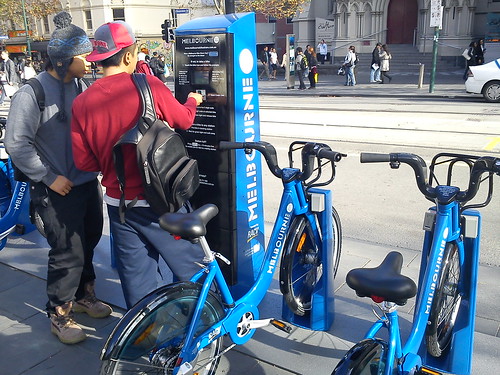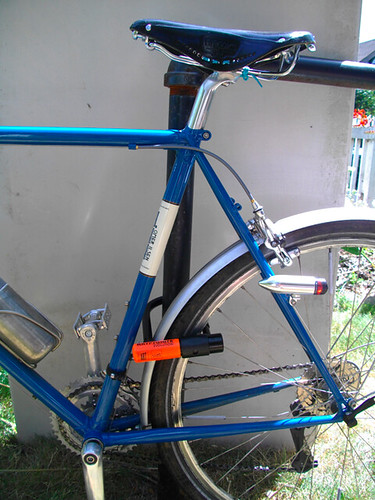
According to the California Bicycle Coalition, more than fifteen percent of vehicle trips made in California are less than one mile. Eighty percent are less than ten miles. This makes an e-bike a great choice for replacing car trips. However, the cost of e-bikes are one of the strongest barriers to adoption, according to a recent study by researchers at UC Davis.
The good news is that both nationwide and statewide, programs offering cash incentives to help individuals purchase e-bikes are on the rise. In California alone, there are at least ten such programs.
To see how people’s travel behavior changed after buying an e-bike using an incentive program, UC Davis researchers evaluated survey data from rebate participants in programs across Northern California – including 511 Contra Costa’s program. They discovered between 35 and 50 percent of e-bike trips made by these individuals would have been made by car if an e-bike had not been available.
Rebate recipients also reported an increase in bicycle use. Two months after getting an e-bike, most reported shifting from biking “never” or 1-3 times a month to 1-3 times a week.
As for how getting an e-bike affected their driving habits, most e-bike rebate recipients replaced driving trips with riding e-bikes at least 1–3 times per month. Across the study group, a large share of respondents (82%) reported replacing at least one car trip with an e-bike ride.
The takeaway is that e-bike incentive programs work. And the majority of people who purchase e-bikes change their driving and biking behaviors, which helps reduce both traffic congestion and greenhouse gas emissions.
Let us help get you on an e-bike! Our E-Bike Rebate Program, which started three years ago, is still going strong. It offers rebates of $150, $300, and $500 to Contra Costa County residents. You have six months from the date you buy an e-bike to apply, so if you bought an e-bike recently, be sure to apply today!
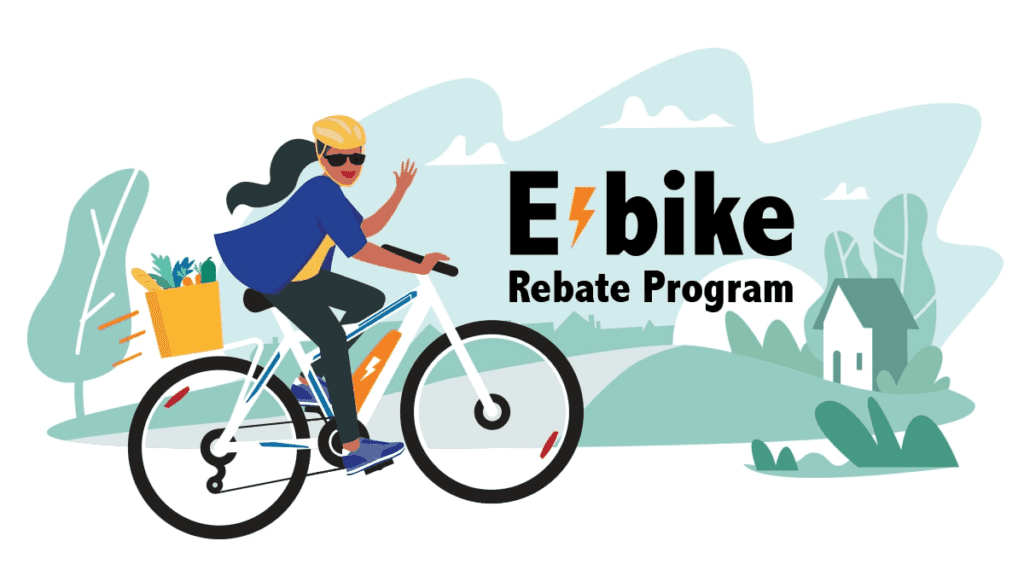


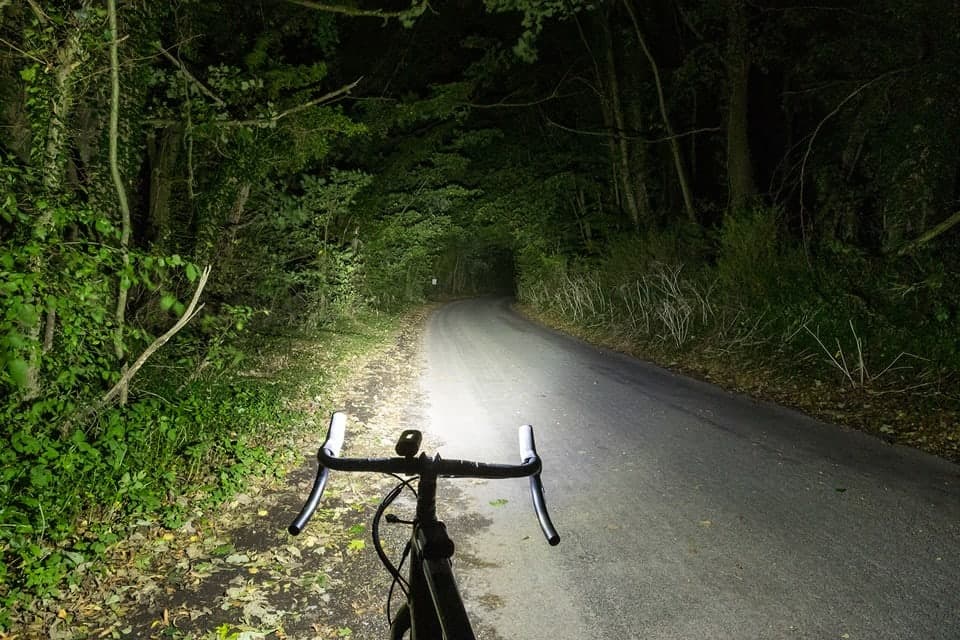
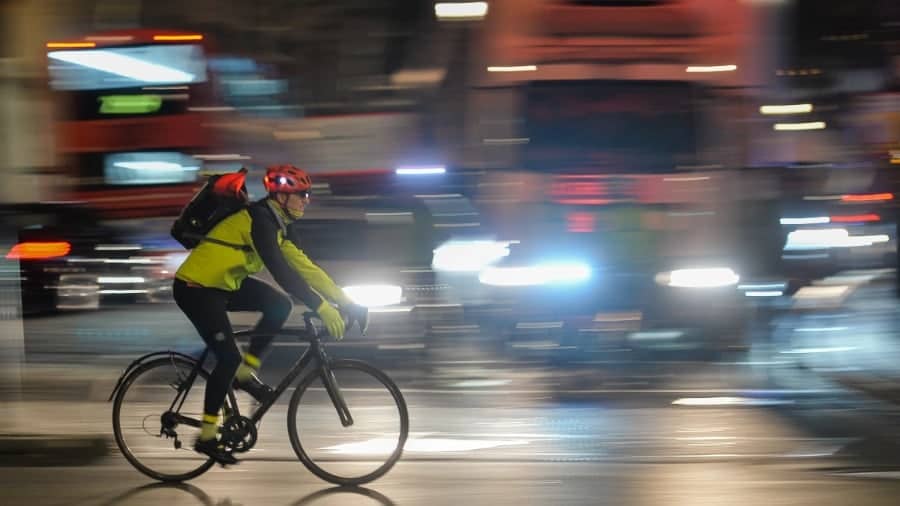
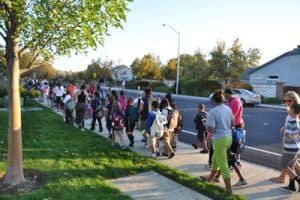 It’s back-to-school time! If you live within walking distance of your child’s school, you might consider forming a walking school bus.
It’s back-to-school time! If you live within walking distance of your child’s school, you might consider forming a walking school bus.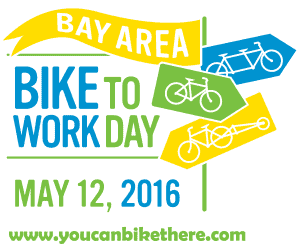
 Add Bike To Work Day to your calendar:
Add Bike To Work Day to your calendar: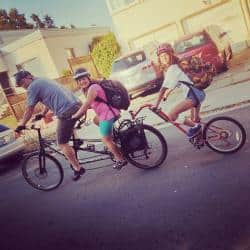
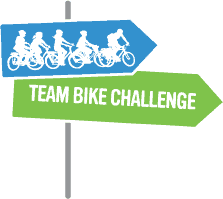 Team Bike Challenge & Company Bike Challenge
Team Bike Challenge & Company Bike Challenge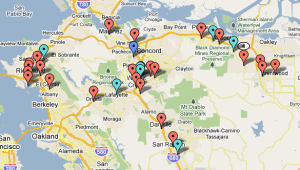 Want to Host an Energizer Station?
Want to Host an Energizer Station?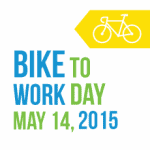
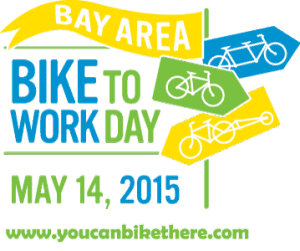
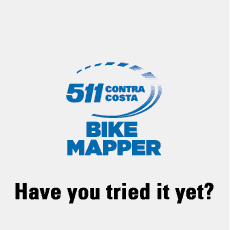













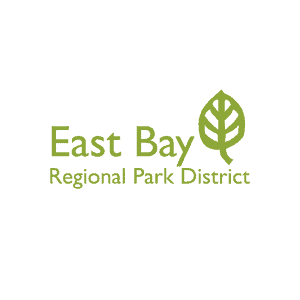










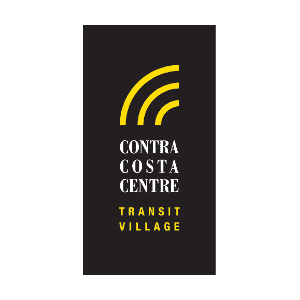
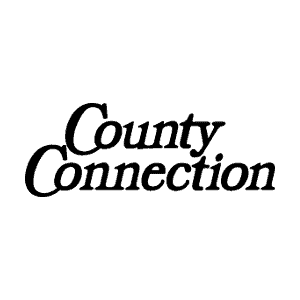














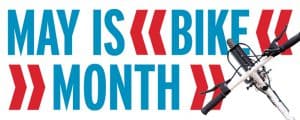
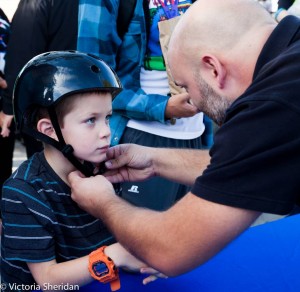 As part of the Bike & Roll to School celebrations, Street Smarts Diablo will have some free helmets on hand to provide to students who arrive to school with wheels and need a properly fitting helmet. Parents are welcome to bring students’ bikes to school by car, so that any child starting the day without a helmet can get to school and roll home safely.
As part of the Bike & Roll to School celebrations, Street Smarts Diablo will have some free helmets on hand to provide to students who arrive to school with wheels and need a properly fitting helmet. Parents are welcome to bring students’ bikes to school by car, so that any child starting the day without a helmet can get to school and roll home safely.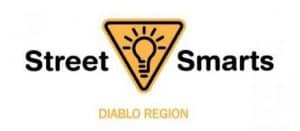


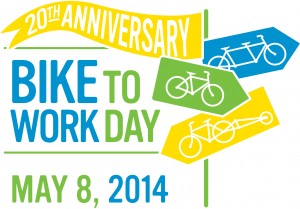 The morning commute brought 4,175 bicycle commuters which is more than the combined a.m. and p.m. count for cyclists recorded last year. So far we have seen our Best Dressed; a Walnut Creek Councilwoman pedaled a bike blender to make a smoothie; and bicycle commuters in San Ramon were treated to burritos. What’s in store for the evening bicycle commute today? You’ll just have to stop by an energizer station and see for yourself. Check out our
The morning commute brought 4,175 bicycle commuters which is more than the combined a.m. and p.m. count for cyclists recorded last year. So far we have seen our Best Dressed; a Walnut Creek Councilwoman pedaled a bike blender to make a smoothie; and bicycle commuters in San Ramon were treated to burritos. What’s in store for the evening bicycle commute today? You’ll just have to stop by an energizer station and see for yourself. Check out our 